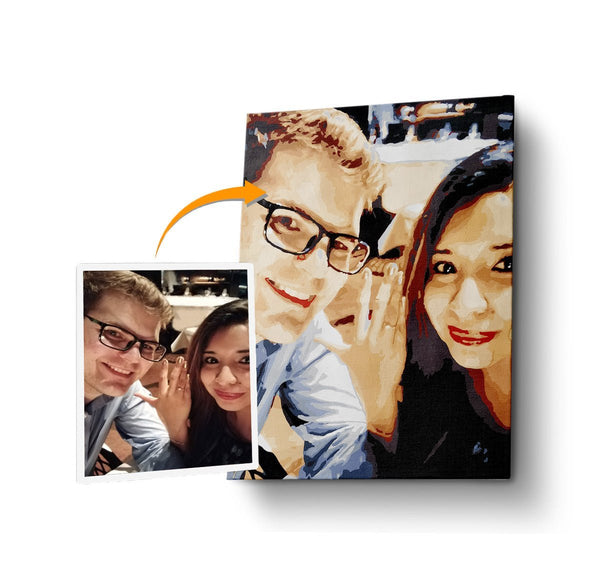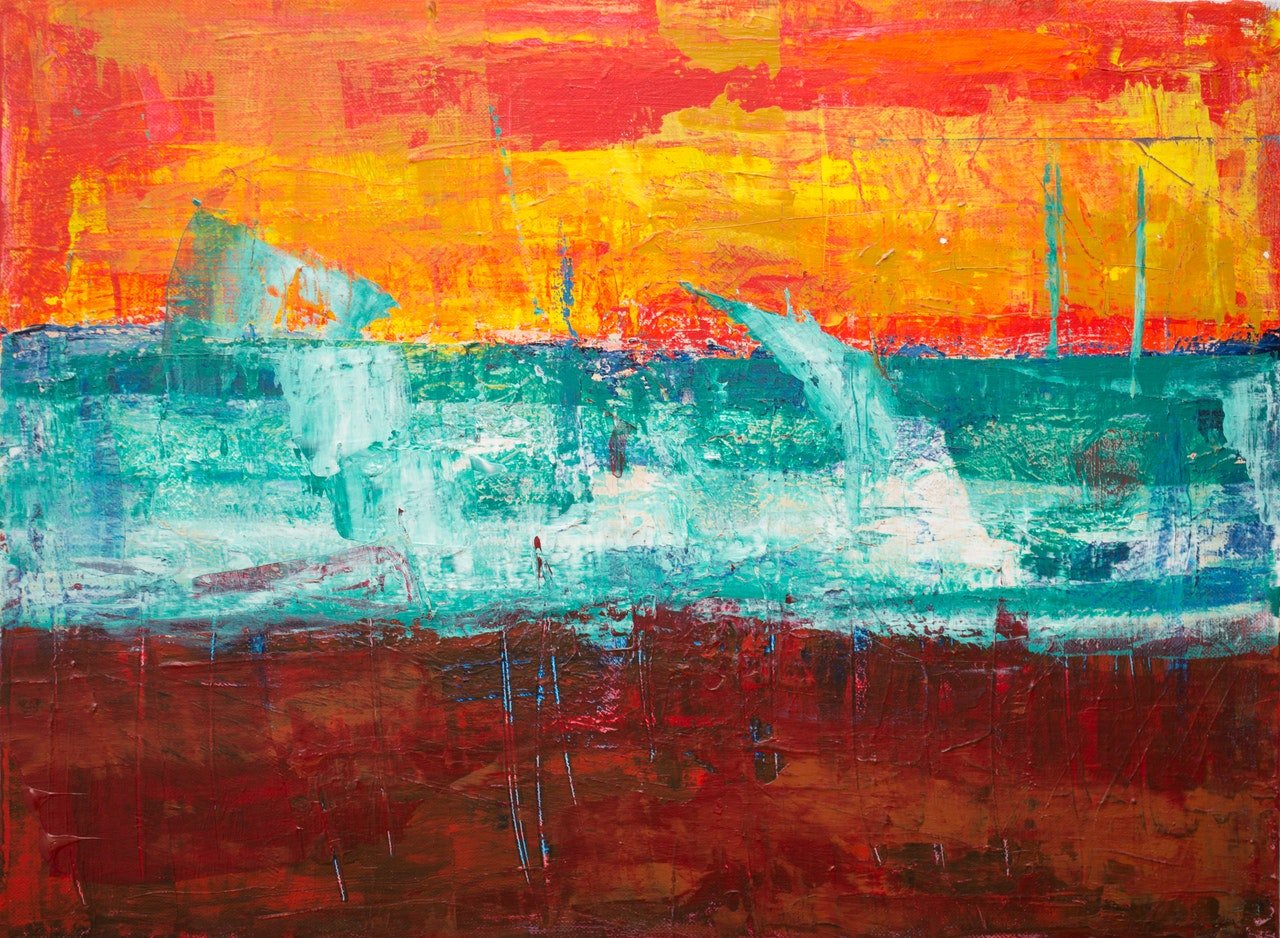
Staying Organized While Painting: Is it Actually Possible?
Many would argue that being an artist comes with the territory, and that unpredictability develops creativity. But, is being disorganized help your creative company grows and prosper? You may be as creative as you want, but if you didn't recall which exhibition displays what work or find the contact details for that potential customer, you won't sell as much art as you think.
Moreover, being organized does not only apply to your professional art business, it also applies to your creative process and studio. Staying organized is half the fight of becoming a professional artist. Only then will your art company be successful and will you be able to make a livelihood doing what you love. Because most painters enjoy working freely, it is often unavoidable for things to get untidy. As a result, the fact that art is usually chaotic makes it much more difficult to keep orderly, especially throughout the creative process.
However, it is critical to be clean and organized when creating your artwork to minimize spillage and smears in unexpected areas and to keep your supplies in place. Every artist has experienced the increased tension of working in a chaotic environment. A messy, untidy art studio or desk space might inhibit your creative flow too.
Your studio as an artist should be a refuge for creativity. That is why it is critical to arrange the area such that it is most favorable to your productivity. While there are many cool tools that may help you become organized, there are also some inexpensive solutions to change your workspace into one of your desires. So, as an artist, is staying organized while painting possible? Keep on reading to know more and to learn how.

Do you find it difficult to maintain your creative space as neat and orderly as you would like? Do you ever wonder how some artists/creatives maintain their workspaces so nice and tidy? Have you ever discovered the trash around you to be so dispiriting that it impairs your productive capacity? Though the process of making art might (and sometimes should) involve losing control, this does not mean we should accept our studios to be in a state of disorganization.
While every artist's tolerance for messiness varies greatly, our workspaces are an aspect of ourselves so they should be treated as if it's us, therefore, we must organize and maintain them to stay neat as much as possible.
The Importance of Staying Organized While Painting
Staying organized while painting helps you in so many ways, not just with your creative profession. And, if you want to sell your artworks in a competitive marketplace, it's even more necessary that you maintain your masterpieces organized, labeled, and in position so you can focus on the most important element—the creative process of making art. While the concept of a messy art workstation or studio is romantic in its own right, artists work much better when your environment is in order because it makes you feel that you're in control.
It might be tough to know where to start since there are so many factors to consider, from arranging your art equipment and supplies to keeping track of your spending, etc.

Spend some time preparing your artistic room so that you can jump right in when inspiration hits!
General Tips on Staying Organized While Painting
Following your artistic inspirations wherever they lead you can often result in a lot of garbage and the junk being left behind. A tight and crowded workspace can make it difficult to focus and get things done over time. To completely revitalize this room, begin by staying organized while painting by following these general tips and guidelines:
1. Start decluttering your studio by arranging your art supplies and equipment:
There's no need to spend a fortune on attractive containers. Recycled tin cans and mason jars can be used to hold markers, crayons, pencils, and brushes. You may also get a variety of interesting jars in dollar stores and secondhand stores. These open canisters ensure that your tools are always accessible and visible. Make sure you have enough containers to arrange all of your artistic tools with enough room. This eliminates the need to shove pens into overloaded cups or waste time looking for the perfect marker.

2. Donate art supplies that are no longer in use:
Whether it's once a month or once every three months, going through your painting materials for unused paint tubes, dried markers, and other unneeded materials is beneficial. You could come across a set of pastels or colored pencils that you no longer use. Start contributing it to a local group or school rather than tossing it out. It's a terrific way to declutter your workspace while also supporting someone else in creating art!

3. Keep an inventory of your goals, expenses, and final outcomes:
Your studio and staying organized while painting shouldn’t be your only priority as an artist, especially if you do commissions or have this venture professionally. Who could remember everything off the top of their head while making art and selling art? When it comes to your artistic profession, lack of structure and organization do you no good. Begin by jotting down your goals and to-do lists. Set a deadline for each activity and prioritize them based on significance. Then, keep this list handy at all times. It will keep you on track and ensure that you never forget what has to be done.
Next, record the expenses, resources used, and narrative behind each new piece you create, as well as any other vital artist information such as customer contact details, contest dates, or exhibit dates. Keeping these details collected can assist you in becoming more productive when speaking with consumers and maintaining your artistic profession.

IMPORTANT TIP: Maintain an inventory of your artwork, including images, date of creation, the sales, quantity of prints, medium, and any other important data. You may create this on your laptop or tablet so you can have an accessible copy at all times.
4. Arrange your studio and do a general cleaning every two months:
Getting your studio organized is only half the fight. It is your responsibility to keep things in the order you like. That is why it is critical to tidy up after each creative process other than staying organized while painting. Even if it feels like a chore now, you'll appreciate yourself afterward for prepping the studio for your next creative venture.

Key Insights
"Embrace the mess, it's all part of the process," you may have heard from various artists. Is it truly part of it? It may be true and applicable to some artists, but just because it works for them does not guarantee it will work for you. Once you learn the art of staying organized while painting as a professional artist, you'll be able to manage your art company more efficiently than ever before as everything is in order. You'll be able to stay on top of tasks and schedules, seem more professional, and have more time to create your artwork.





